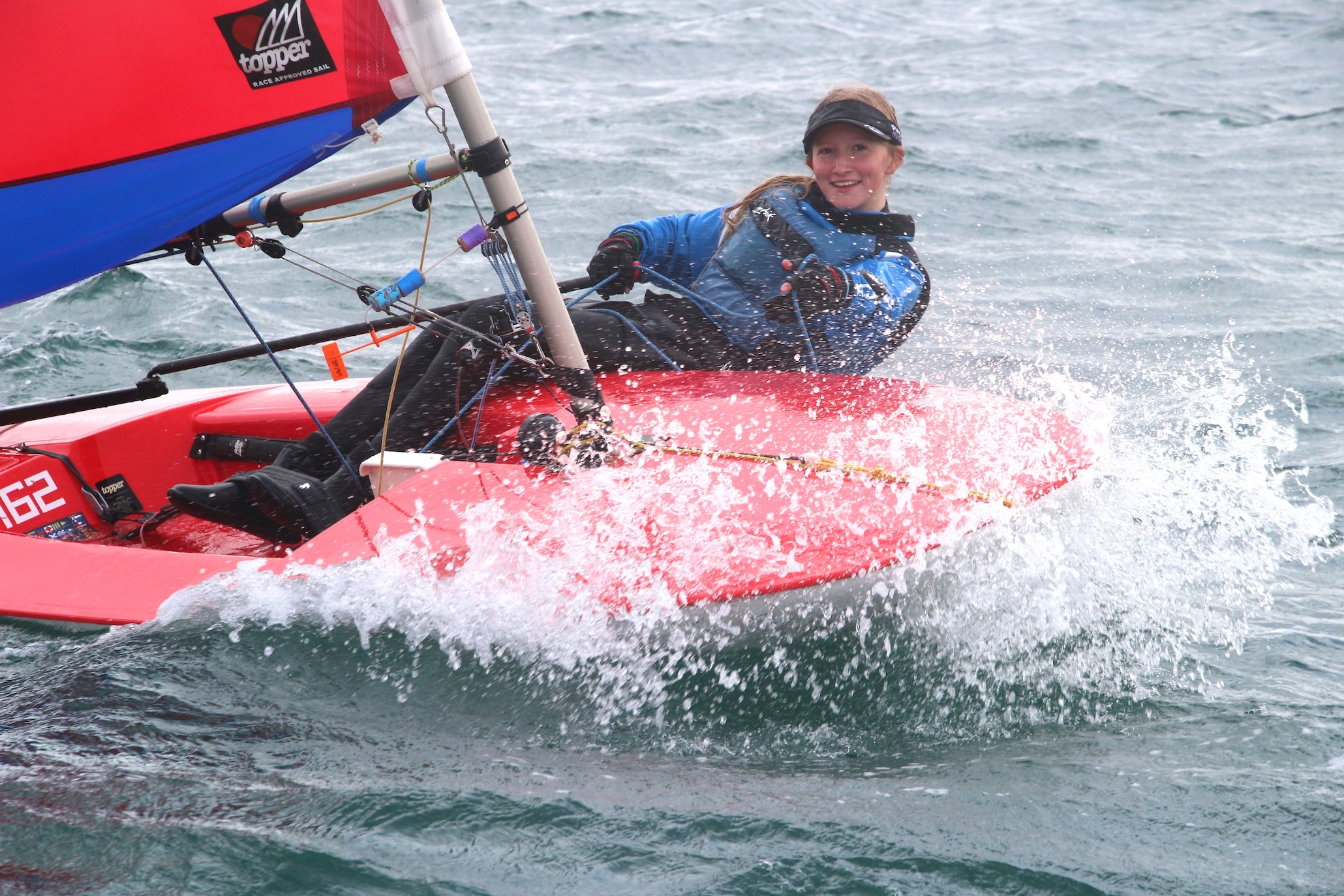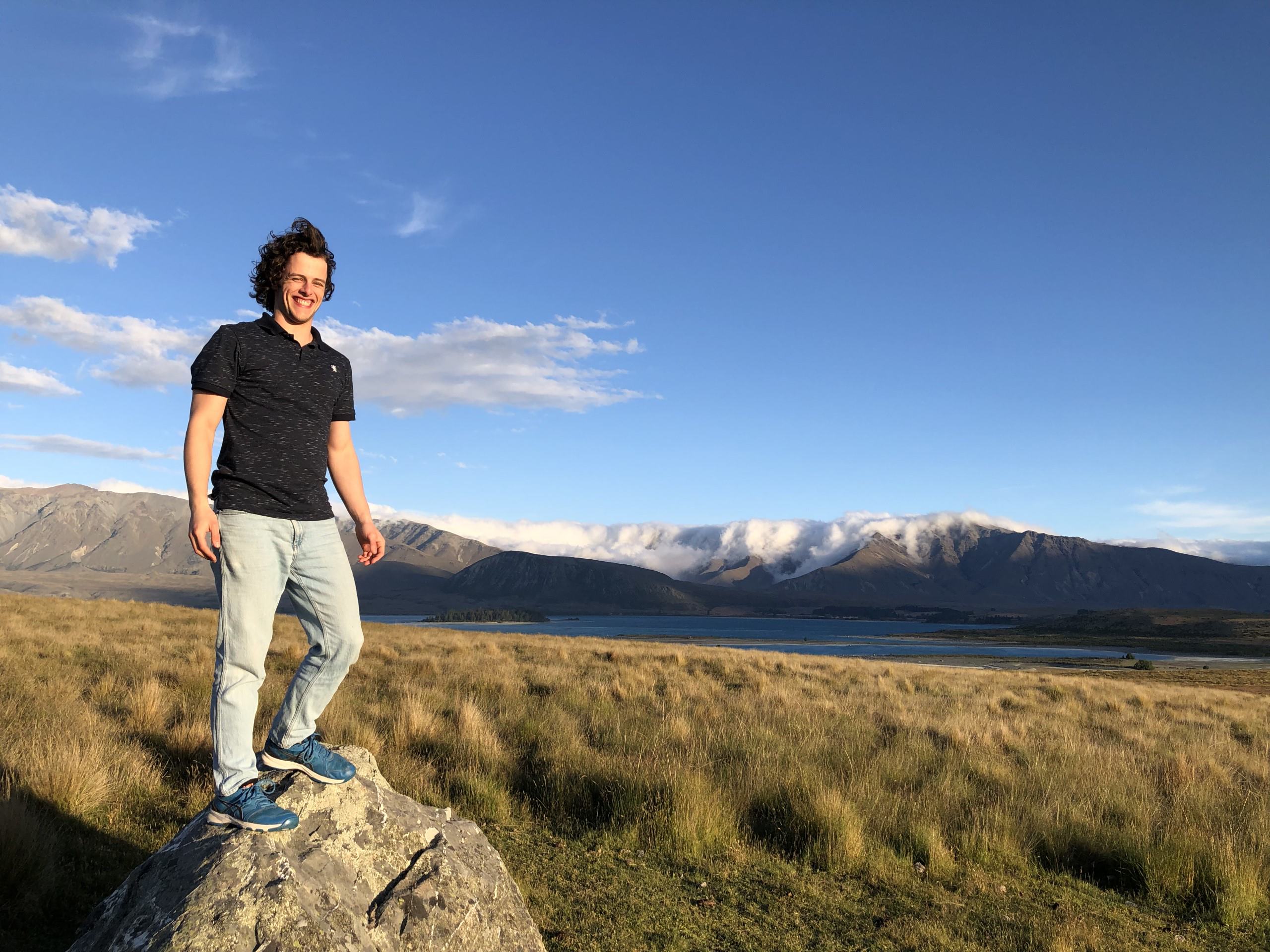
Finally, a Hearing Aid Emoji!
March 27, 2018
Am I speaking too loud when wearing my new hearing aids?
March 29, 2018NASA Engineer: ‘We need more Deaf people in STEM”

NASA/Lauren Hughes
Deafness knows no bounds, and Johanna Lucht, a deaf engineer working at NASA, proves that determination leads to success, especially with the right support and a bit of self-advocacy.
Johanna, who has severe-to-profound sensorineural hearing loss, is the first and only Deaf engineer at NASA’s Armstrong Flight Research Center, she says. After landing the job through an internship, she’s found various ways to communicate and thrive in the high-pressure work environment.
Equipped with extensive knowledge in computer science, an ASL interpreter and Phonak hearing aids, Lucht says she’s been able to collaborate on elaborate aerodynamic projects, but one big communication challenges remains: a lack of ASL sign terminology, fueled by too few Deaf people working in STEM (science, technology, engineering, and mathematics).
Landing a job at NASA
Johanna admits she didn’t always love school. After being diagnosed with hearing loss at age three, she didn’t have a clear communication method until she learned sign language when she was nine-years-old.
“It was very limiting and frustrating for me and the people who tried to communicate with me,” she says. “Speech didn’t work for me and I couldn’t read. The only way to convince me to keep attending was my mom saying if I don’t attend she will be in jail.”
The threat was enough to keep Johanna in school, and her mom out of jail, but it wasn’t until she began working with a Child of Deaf Adult interpreter when Johanna began being able to reach her full potential.
“I learned ASL from him, and it’s only because of ASL that I was able to learn English and speech,” she says.
“…it’s only because of ASL that I was able to learn English and speech.”
When she was 16-years-old, Johanna’s education experience changed when she was accepted into a Summer Academy for Advancing Deaf and Hard of Hearing in Computing program through the University of Washington.
“That program exposed me to computer science and I immediately enjoyed it greatly, due to its offer of challenges and many ways to solve the challenge,” she says.
After landing an internship at NASA during her time at the University of Minnesota, she was offered a full-time position upon graduation, where she now works as the only Deaf engineer with a variety of roles, including an instrumentation engineer, software manager, and research system engineer.
Challenges in the workplace with hearing loss
Being the first Deaf Engineer in Active Crewed Mission Control Role has led to some communication challenges between Johanna and her hearing colleagues. The company culture within NASA, however, is to look at potential barriers or difficulty as a problem to be solved, she says. They see challenges as a positive thing and strive to find ways to overcome them.
With that mindset, Johana took to educating her colleagues about hearing loss to overcome some of the obstacles they may face when communicating.
“Most people weren’t sure how to work with me, so I gave a presentation, “How to Work with Deaf People for Dummies” using a mixture of personal stories, humor, facts, etc.,” she says. “After that they became more comfortable approaching me, and I sometimes shared my personal stories and frustration to some of them. That resulted in gaining hearing allies. It certainly helped me to get through some of the tough days, but I’m grateful to have these hearing allies who are also excellent engineers.”
“I gave a presentation, ‘How to Work with Deaf People for Dummies’ using a mixture of personal stories, humor, facts, etc.”
“Hearing allies,” as Johanna calls them, are colleagues who understand her communication needs and support her in the workplace.
“Without hearing allies it would take much longer for me to have become the first Deaf engineer to take an active role in the control room during crewed research flight,” she says. “There were some pushbacks in that regard, but engineers I worked with knew I had what it takes and worked behind the scenes to incorporate me in the control room to support the mission. People in control rooms are required to be able to think calmly under stress, being able to make decisions even those that are difficult, and paying attention to details. I’m grateful to them for allowing me this rare opportunity, and I also made sure they know that it’s their fault for pushing me into the spotlight during the whole thing, with an amusing tone.”
Read more: Hearing Loss at Work
Another challenge in the workplace, and one of the most interesting challenges Johanna faces, is communicating with sign language. Johanna uses an ASL interpreter for meetings, discussions, and presentations, and she regularly brainstorms with the interpreter to determine signs for specific NASA terminology. However, there are some that just don’t work and require a description rather than a sign, she says.
“I believe one of the largest issues with a lack of ASL sign for terminology is that there are not enough Deaf people working in STEM to come together and grow the ASL to incorporate terminology,” she says. “And I’m not an expert of everything. For example, I’m clueless about aerodynamics. I would need a Deaf person who is an expert in the aerodynamic field to sit with me and I observe their signs choice for the aerodynamic field, picking up terminology at the same time, and understanding some of the basic concepts. Besides, I can pick on their brain for brainstorming to come up with better sign choices for some of the terminology.”
“…one of the largest issues with a lack of ASL sign for terminology is that there are not enough Deaf people working in STEM to come together and grow the ASL to incorporate terminology.”
So, will there be a deaf astronaut?
“I just proved that Deaf person can participate in a control room during a manned aeronautics mission, so why not a Deaf astronaut in space?” she says.
Johanna believes that any barriers to communication could be overcome with the technology.
“I talked to one of my Deaf friends and she pointed out that the space crews often prefer emails or IM as communication, “she says. “Deaf people can do those easily too.”
It could even be beneficial for astronauts to use ASL in space, she says. Especially if the radio communication breaks down while spacewalking!
Her advice for aspiring deaf scientists/astronauts/technicians?
Never give up, Johanna says.
“I’m telling you that when you first start working, there will be some challenges regarding accommodation and stuff,* she says. “No shock there, that’s what happens when you don’t have enough Deaf people working in STEM. However, when you have patience and take time to educate those who are willing to listen, you will gain hearing allies and that help to prevent you from getting burnt out too early due to accommodation, and keep doing the STEM work you love.”
Editor’s Note: All opinions in this article are that of Johanna Lucht. NASA does not endorse Phonak hearing aids.



